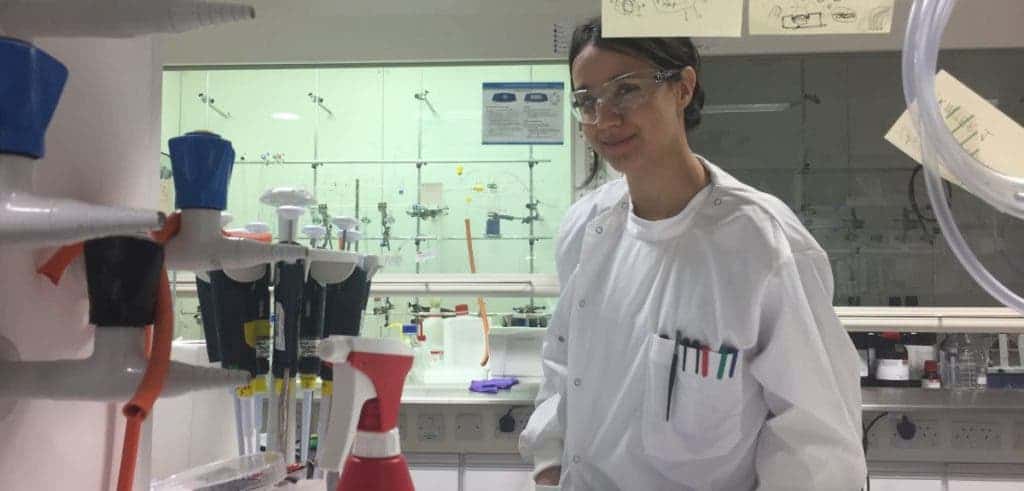A synthetic retina developed from soft materials offers new hope for the visually impaired.

Vanessa Restrepo-Schild, a 24-year-old student and researcher at Oxford University, is the first to successfully develop a soft retina made from biological, synthetic tissues. The double-layered retina consists of soft water droplets (hydrogels) and biological cell membrane proteins. This isn’t the first artificial retina, but unfortunately, previous efforts used only hard, rigid materials. Miss Restrepo-Schild explains why this is a big deal:
“The human eye is incredibly sensitive, which is why foreign bodies like metal retinal implants can be so damaging, leading to inflammation and/or scaring. But a biological synthetic implant is soft and water based, so much more friendly to the eye environment.” Furthermore, unlike existing artificial retinal implants, this new technology doesn’t contain any foreign body, which makes them less invasive and way less likely to generate an adverse reaction to the body.
The retina is the third and inner coat of the eye. The physics of the eye generates an image of the visual world on the retina (through the cornea and lens), much like a film in a camera. The retina reacts to light, converting it into electrical signals which are passed through the nervous system to the brain, where the image is processed. This synthetic retina is also designed like a camera, with cells acting as pixels, detecting and reacting to create an image.

Restrepo-Schild says she wanted to see how human tissues can be integrated with or replaced by artificial structures.
‘I have always been fascinated by the human body, and want to prove that current technology can be used to replicate the function of human tissues, without having to actually use living cells.I want to take the principals behind vital bodily functions, e.g. our sense of hearing, touch and the ability to detect light, and replicated them in a laboratory environment with natural, synthetic components. I hope my research is the first step in a journey towards building technology that is soft and biodegradable instead of hard and wasteful.’
So far, the technology has only been trialed in the lab, so there’s still a long way to go before it can be used in humans, and there’s also a long way to go before generating a full-color image — but there’s a lot of promise. Restrepo-Schild will soon start work on animal testing.
Journal Reference: Vanessa Restrepo Schild, Michael J. Booth, Stuart J. Box, Sam N. Olof, Kozhinjampara R. Mahendran & Hagan Bayley — Light-Patterned Current Generation in a Droplet Bilayer Array. doi:10.1038/srep46585.



